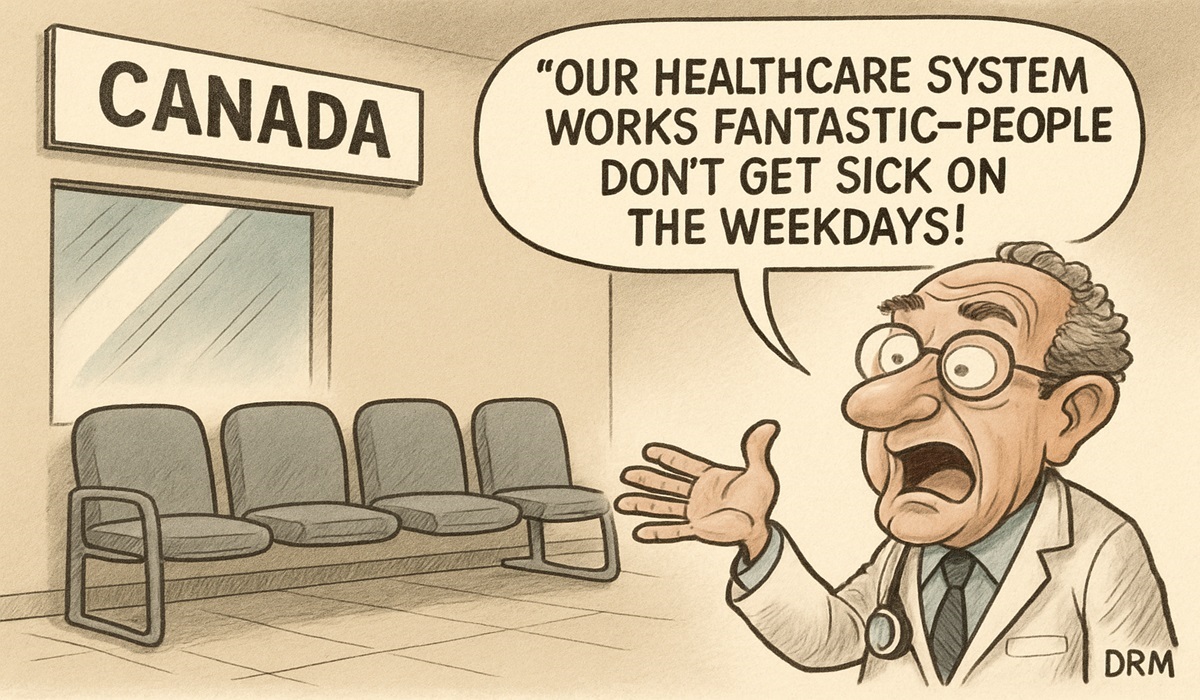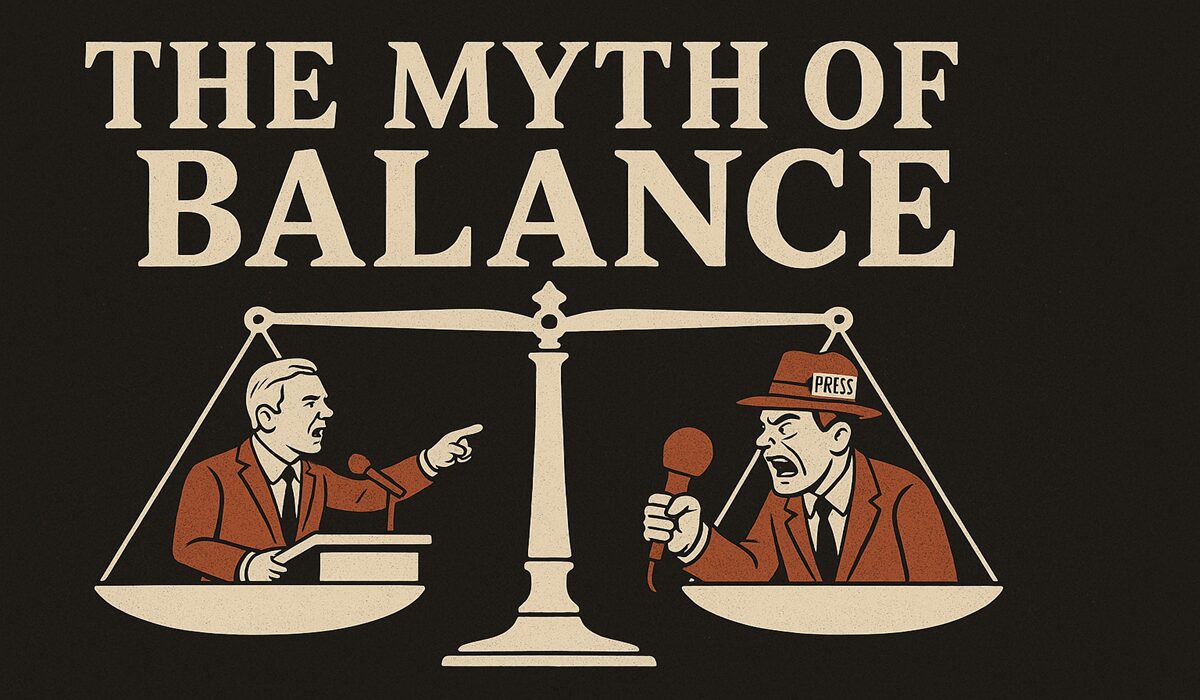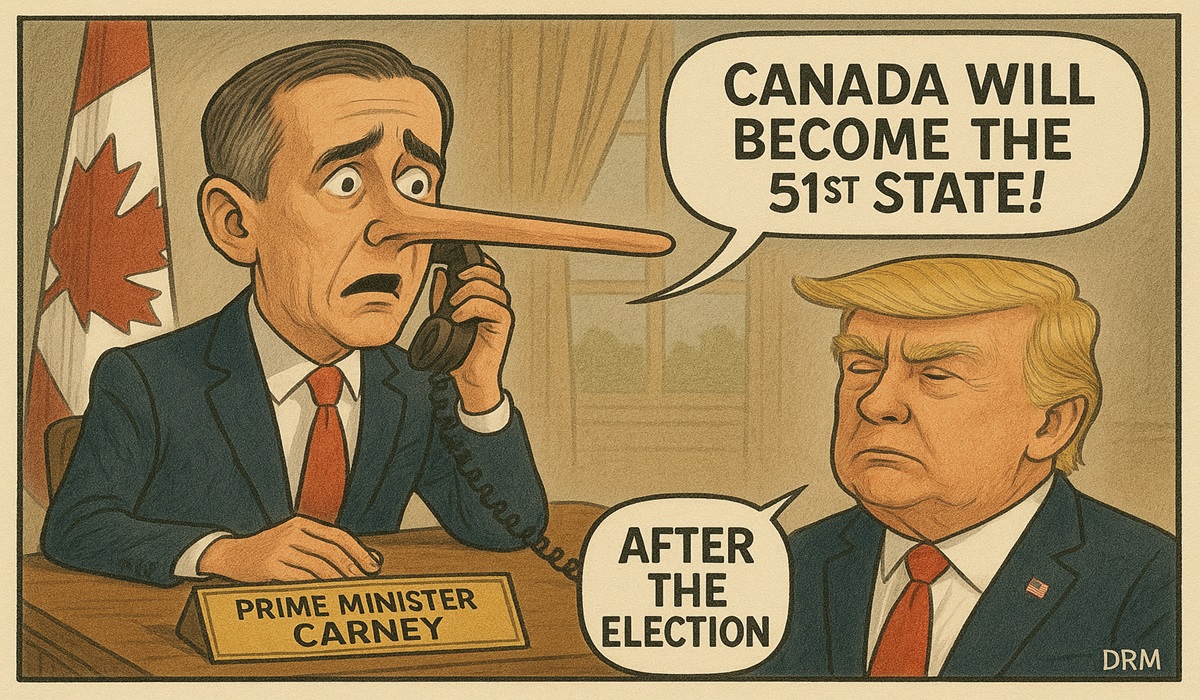A Glimpse into the Resilience and Dynamics of China’s Economy
- Contributor
- D.O.C Supplements - Trending News
- China
- East Asia
- November 3, 2024

Mr. Cheng Hongbo
Acting Consul-General of the People’s Republic of China in Toronto
Recently, a friend in our consular district shared with me the news about Canada’s plan to build its first high-speed rail, and attached a photo of him traveling by high-speed train in Guizhou Province of China not long ago. Referring to his last trip, what surprised him most was that Guizhou, as a western province remote from China’s economic centers and close to the border, “a place with no flat land stretches over three feet”, is now connected by broad roads and bridges and full of economic vitality. With the province’s transformation from “the land scattered by tens of thousands of gorges and ravines” to a “plain of highways”, the Ancient Tea Horse Road once relying on human power and horses, has developed into a major passage for smart logistics. All these raised his interest in China’s current economic and social development and its prospects.
I believe that many Canadian friends share the same interest. Guizhou’s development is a typical epitome and vivid practice of Chinese modernization. Looking across the country, China’s economy has maintained steady growth, while cultivating new features, with recent economic incremental policies injecting new development momentum. Here, I would like to share with you my views on the resilience and dynamics of China’s economy featuring the keywords of “stability” and “quality”.
Betterment backed by stability strengthens development confidence. Currently, China’s economy gains positive changes, with most indicators showing marginal improvement, signaling a trend of stabilizing and bottoming out. From the demand side, the “troika” of consumption, investment, and exports is accelerating in accumulating more momentum through coordination and synergy. As the world’s second largest economy, China has achieved rapid growth on a already high basis. From the supply side, the growth rate of industrial added value above designated size stopped falling in September, and the service industry production index and manufacturing purchasing managers index(PMI) increased by 0.5 and 0.7 percentage points respectively. In terms of resilience, China’s economy has withstood the pressure and continued to grow. In the first three quarters of this year, its GDP reached 95 trillion yuan, a year-on-year increase of 4.8%, ranking high among major economies. And its trade volume with more than 160 countries and regions also grew to a record high. Overall, the “underpinnings” of China’s economy have become more solid, and the trend of stability and improvement has been continued.
Improved quality backed by innovation consolidates development fundamentals. The improved quality of China’s economy is mainly reflected in the accelerated formation of new quality productive forces, and the advancement in changing modes, adjusting structures, improving quality and increasing efficiency. In the first three quarters of this year, the demand structures of investment, consumption and exports have been further optimized, new urbanization and coordinated development among regions have been further promoted, featuring the development with higher quality. China continues to lead the global green transformation, and the output of green industries represented by new energy vehicles, lithium batteries and photovoltaics has maintained double-digit growth, featuring the development with more touches of green. China’s global innovation ranking has risen to 11th, and the added value of high-tech manufacturing industries above designated size and investment in high-tech industries have increased by 9.1% and 10% year-on-year respectively. The first domestically produced 3A Video game “Black Myth: Wukong” that uses advanced digital technology to virtually reproduce Chinese myths and legends has received huge popularity among players around the world, featuring the development with more technology.
While marvelling at the achievements and highlights in our development, we never turn a blind eye to the difficulties and challenges, including the “growing pains” of preemptive transformation from within, and the predominant downward pressure from global economy. In response to some new problems in the economy, the Chinese government has launched a raft of incremental policies through coordinated efforts across multiple departments. Those policies, aiming at increasing the intensity of counter-cyclical adjustment of macroeconomic policies and expanding domestic demand and investment, have facilitated the development of enterprises and improvement of people’s livelihood, reduced market barriers, and burdens on enterprises and local governments, and further consolidated stimulated stable and quality growth. Recently, international financial institutions such as Goldman Sachs, JP Morgan Chase, and UBS have raised their expectations for China’s economic growth this year, reflecting fully the positive expectations toward China from international communities including companies from various countries.
I noticed that just last week, Tim Hortons opened in Shanghai its 1,000th store in China. This fully proves that China and Canada have strong economic and trade complementarity and broad cooperation potential. Seeking cooperation and mutual benefit is not optional but a must for both countries. China has the world’s most promising mega-size market. Its economic fundamentals and appealing potentials brought by the broad market, and strong economic resilience remain unchanged, and will continue to inject more vitality to the world following the recent incremental policies, providing more opportunities for countries around the world, including Canada.
Here, we would like to welcome enterprises in our consular district to embrace opportunities in China’s development, work hard to expand in the Chinese market and share China’s development dividends. We also have reason to believe that if China and Canada cooperate in relevant field of high-speed rail, the envision for Canada’s first high-speed rail by the aforementioned friend will become a reality at a faster pace.








